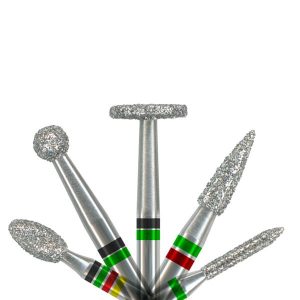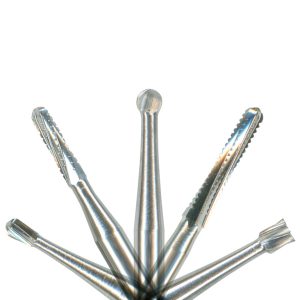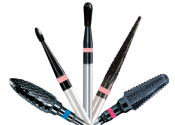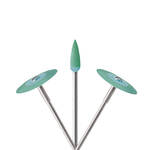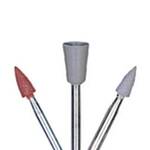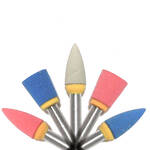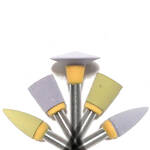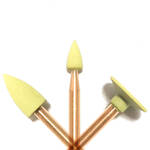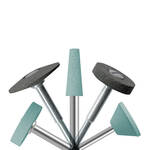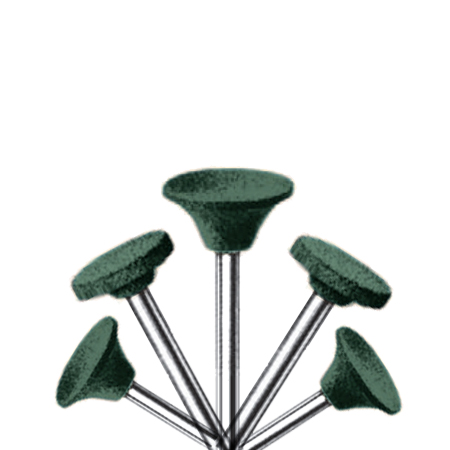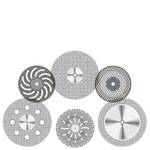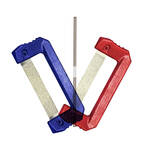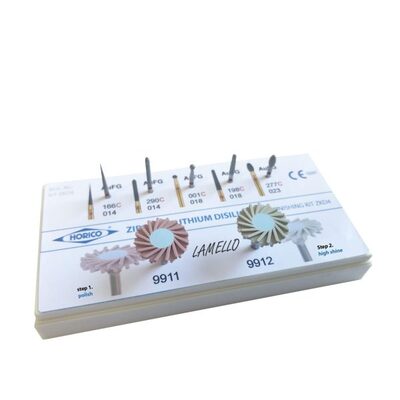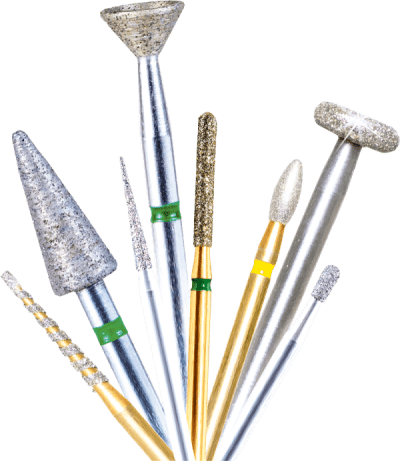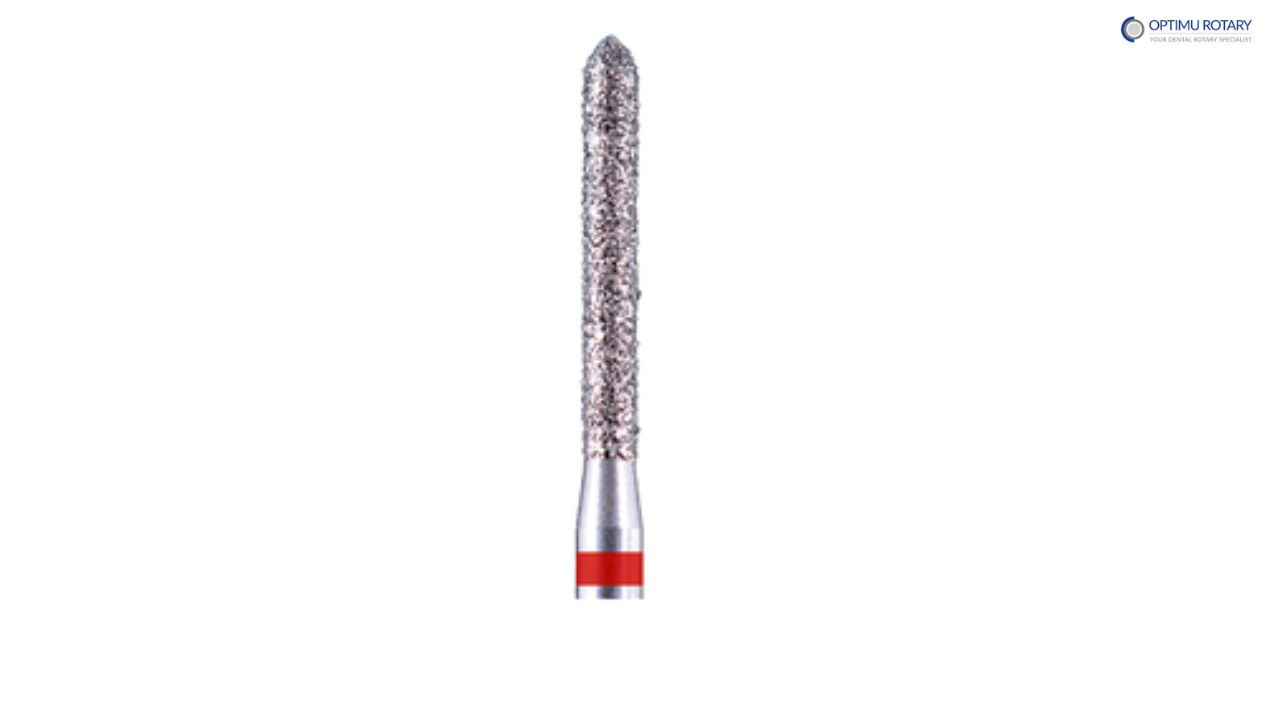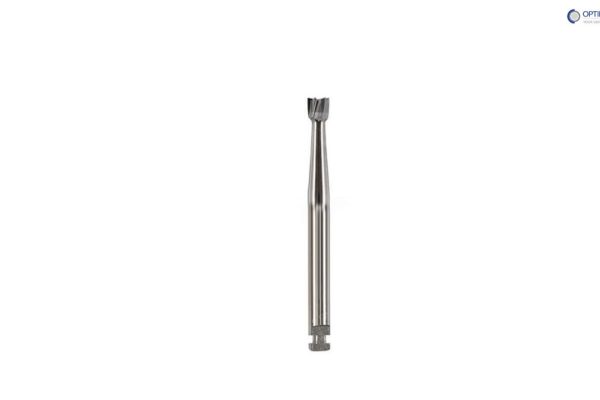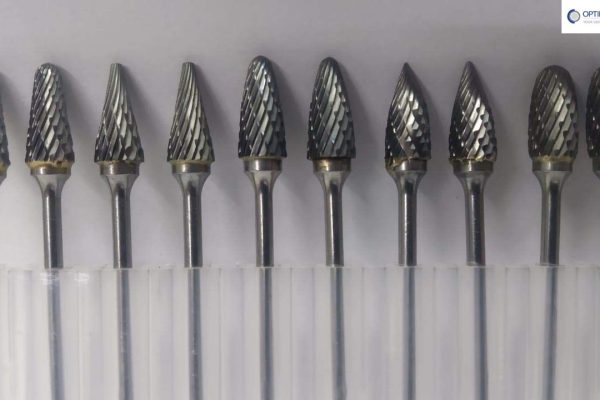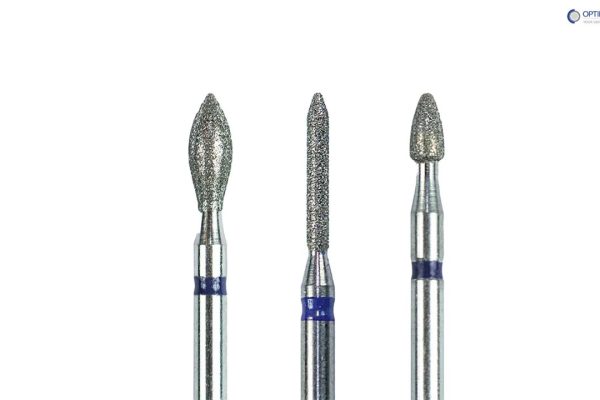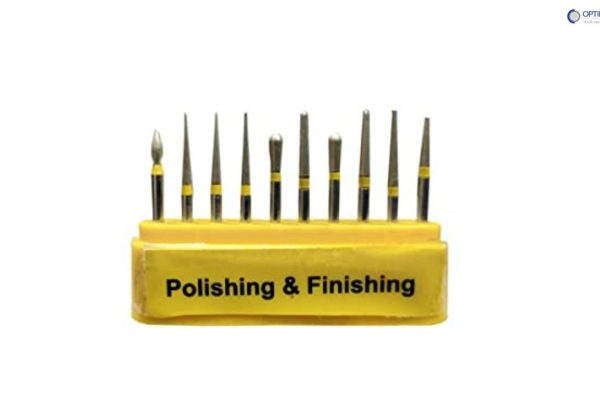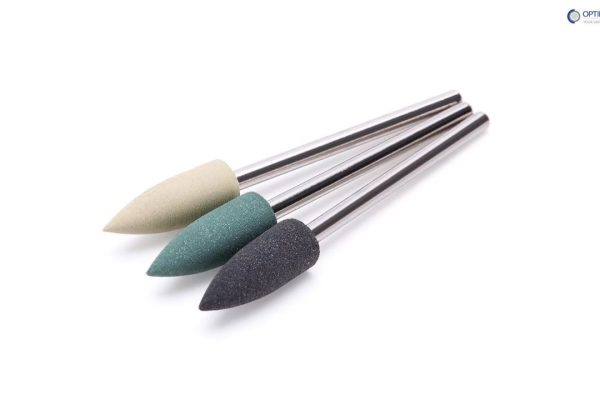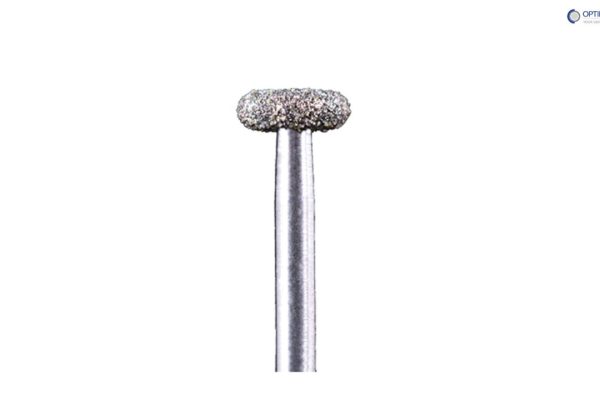Your Ultimate Guide to the Types of Dental Burs and Their Uses
Precision is the cornerstone of successful dental procedures, and the tools used play a significant role in achieving it.
Among these tools, dental burs stand out as one of the most important tools in a dentist’s toolkit. These tiny, powerful rotary instruments are vital for shaping cavities, polishing restorations, and executing intricate procedures with accuracy and finesse. From preparing teeth for fillings to creating access points for root canals, various types of dental burs are a critical inclusion in modern dentistry.
What makes them so versatile is their variety—each type of dental bur is designed to tackle specific tasks with precision. But there are many reasons why it’s important to choose the right one among so many available types? Using the right bur not only ensures the procedure’s success but also improves patient comfort and reduces treatment time.
Types of Dental Burs
1. Straight Handpiece Burs
These burs are the most commonly used and are designed for straightforward tasks like cavity preparation and polishing. They typically feature a smooth, cylindrical shape and come in a variety of sizes.
- Applications:
- Cavity preparations
- Finishing restorations
- Adjustments on crowns and bridges.
- Advantages:
- High versatility
- Available in different abrasiveness levels.
2. Round Burs
Round burs are essential for initial stages of dental work. Their shape allows for drilling into hard surfaces, making them ideal for basic drilling needs.
- Applications:
- Preparing cavities
- Creating access holes for root canals
- Removing decay.
- Advantages:
- Easy to maneuver
- Can be used in various dental procedures due to ease of usage.
3. Inverted Cone Burs
These burs have a pointed, cone-shaped design and are commonly used in more specific tasks like shaping and refining cavity walls.
- Applications:
- Preparing retentive features for restorations
- Refining margins
- Pinpoint accuracy for complex procedures.
- Advantages:
- Precise control
- Great for intricate detailing.
4. Cross-Cut Fissure Burs
With a cross-cut pattern, these burs excel in removing bulk tooth structure and prepping deep cavities.
- Applications:
- Heavy-duty cutting
- Crown and bridge preparations
- Reducing tooth structure efficiently.
- Advantages:
- Faster cutting
- Effective for extensive preparations.
5. Diamond Burs
Diamond burs are widely used for cutting and shaping tooth enamel or composite materials. Their abrasive properties make them a staple in cosmetic and restorative dentistry.
- Applications:
- Shaping crowns and veneers
- Composite polishing
- Fine detailing on porcelain restorations.
- Advantages:
- Long-lasting durability
- High precision.
6. Football Burs
Football burs are used for polishing and finishing work on surfaces where a rounded shape is needed.
- Applications:
- Polishing restorations
- Finishing dental appliances
- Reducing bulk materials in a smooth manner.
- Advantages:
- Smooth finish
- Effective in confined spaces.
7. Brasseler Burs
Brasseler burs are known for their superior quality and durability. They are often used in high-end dental practices due to their precision and reliability.
- Applications:
- Preparing crowns and bridges
- High-precision treatments
- Long-lasting performance.
- Advantages:
- Less wear over time
- Consistent performance.
Choosing the Right Dental Bur
Selecting the right dental bur is critical for precision and efficiency.
Here’s how to make the best choice:
Type of Material:
- Use diamond burs for hard surfaces like enamel and porcelain.
- Choose tungsten carbide burs for cutting through tough materials.
Procedure Type:
- Opt for inverted cone burs for shaping cavity walls.
- Use cross-cut fissure burs for refining margins and removing bulk material.
Durability:
- Select high-quality brands like Brasseler burs for long-lasting performance.
- Durable burs save time and reduce replacement frequency.
Specific Task Needs:
- Choose burs designed for polishing, cutting, or shaping based on the procedure.
By considering these factors, you can ensure accuracy, improve efficiency, and enhance the quality of dental treatments. Choosing the right one from the various types of dental burs can help you achieve the best results.
Benefits of Using High-Quality Dental Burs
Investing in high-quality dental burs brings numerous advantages, ensuring precision, efficiency, and versatility in dental practices.
- Enhanced Precision: Superior burs are designed to provide unmatched accuracy, making intricate procedures like shaping cavities, refining margins, or polishing restorations smoother and more predictable. This level of precision reduces errors and enhances patient outcomes.
- Efficiency: High-quality burs are built to last, maintaining their sharpness and performance over multiple uses. Their durability minimizes the need for frequent replacements, saving time and money for dental professionals. Additionally, efficient burs cut through materials faster, reducing chair time for patients.
- Versatility: Whether it’s basic cavity preparation, crown shaping, or detailed cosmetic work, high-quality dental burs can handle a wide range of tasks. Their adaptability ensures that dentists have the right tool for every procedure, improving treatment quality.
By choosing premium dental burs, dentists can elevate their practice and deliver top-notch care to their patients.
The world of types of dental burs is vast and essential for achieving superior dental care. From everyday cavity preparation to high-precision cosmetic work, each bur has its unique place.
By understanding and selecting the appropriate bur, dentists can ensure smooth, efficient, and high-quality dental treatments for their patients.
Whether you’re enhancing a smile or restoring functionality, having the right tools makes all the difference.
We hope you enjoyed reading our blog and found it informative! If you did, please share it with your friends and colleagues who might benefit from this knowledge.
Don’t forget to explore more of our insightful blogs on dental tools and techniques:
- The Uses of Inverted Cone Burs
- Diamond Burs: Everything You Need to Know
- Abutments for Dental Implants
FAQs
1. What is the difference between diamond burs and tungsten carbide burs?
Diamond burs are more abrasive and are generally used for precision shaping and polishing, while tungsten carbide burs are stronger and ideal for heavy-duty cutting tasks. Both types of dental burs have their own advantages and are suited for different tasks in dental procedures.
2. Can a single dental bur be used for all types of procedures?
No, different burs are designed for specific tasks. Using the right type ensures better outcomes to achieve desired results.
3. How often should dental burs be replaced?
Burs should be replaced regularly to maintain sharpness and prevent wear that could compromise procedure quality. Typically, they need to be replaced when they aren’t performing like they used to, like when they have lost their sharpness.
4. Are dental burs reusable?
Yes, most dental burs are reusable but require proper sterilization after each use to maintain good hygiene and effectiveness.
5. Why is it important to use high-quality dental burs?
High-quality burs provide enhanced precision, better efficiency, and longer durability. They reduce errors, save time, and improve the overall quality of dental treatments.

